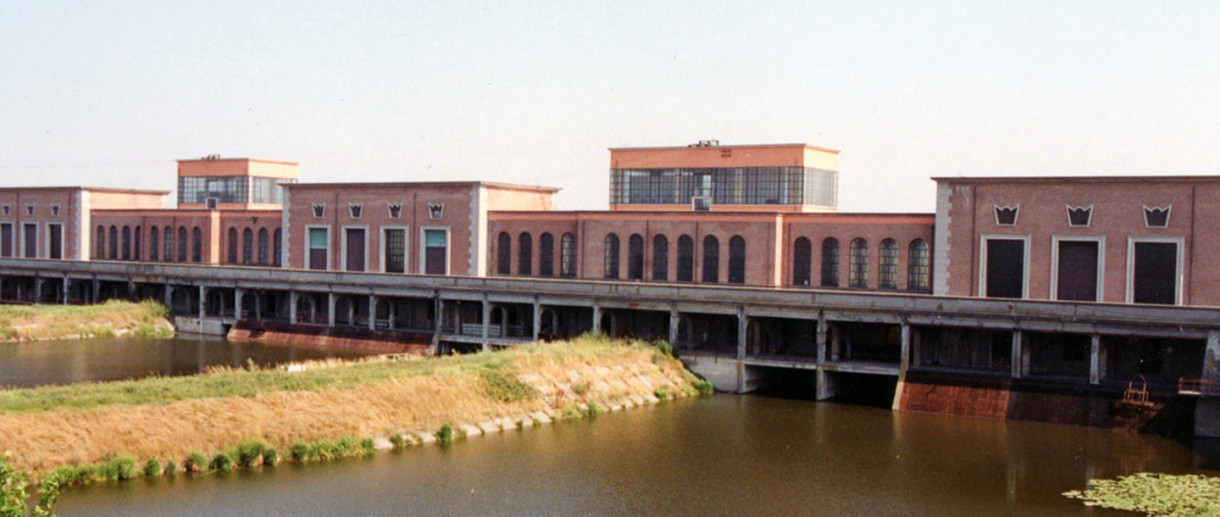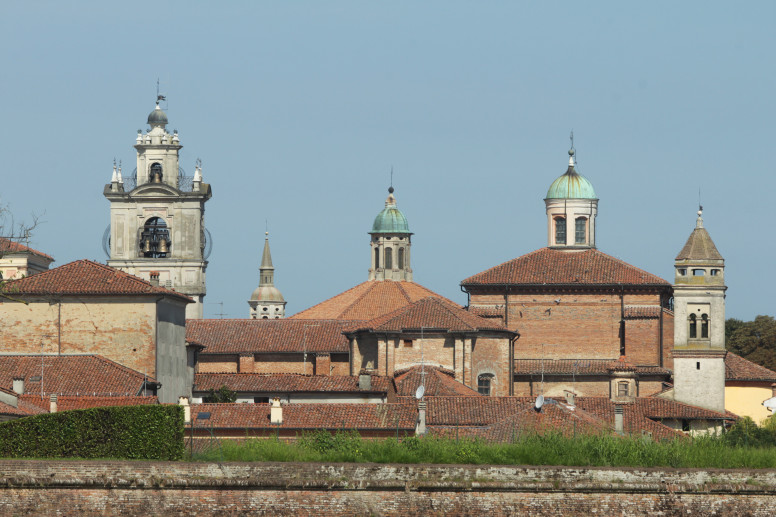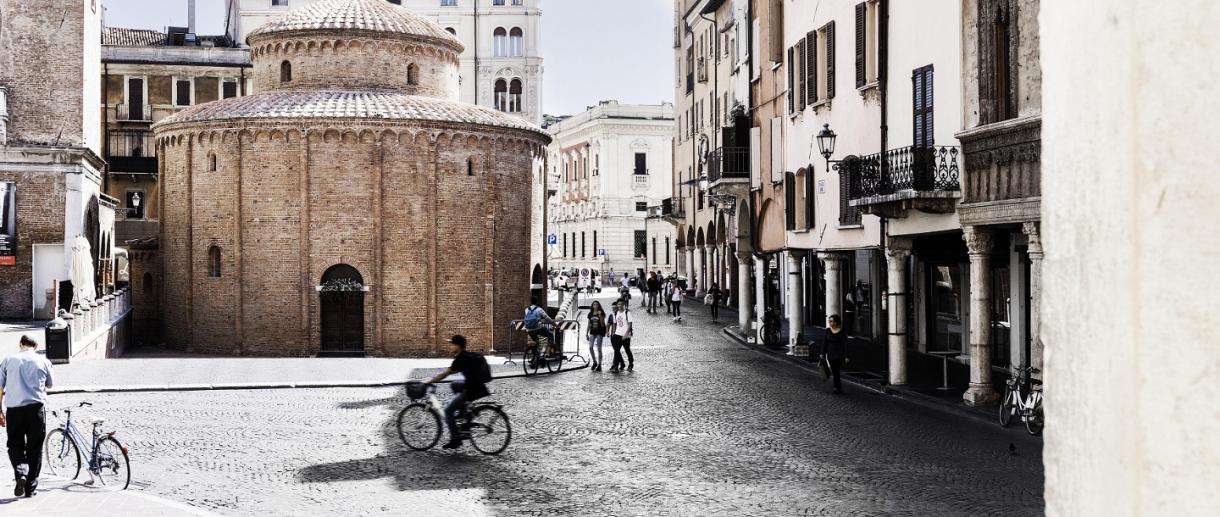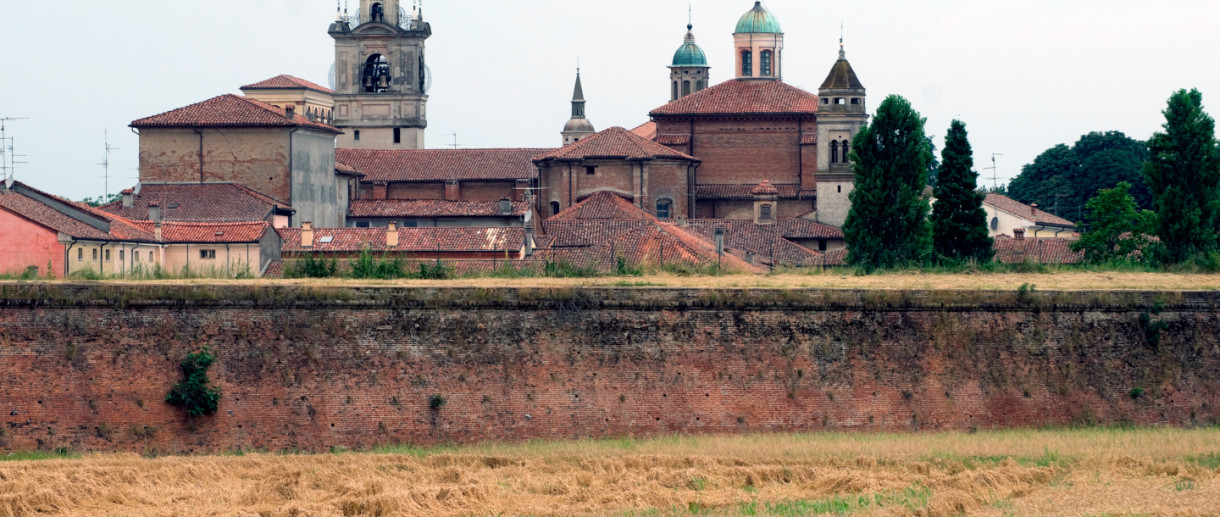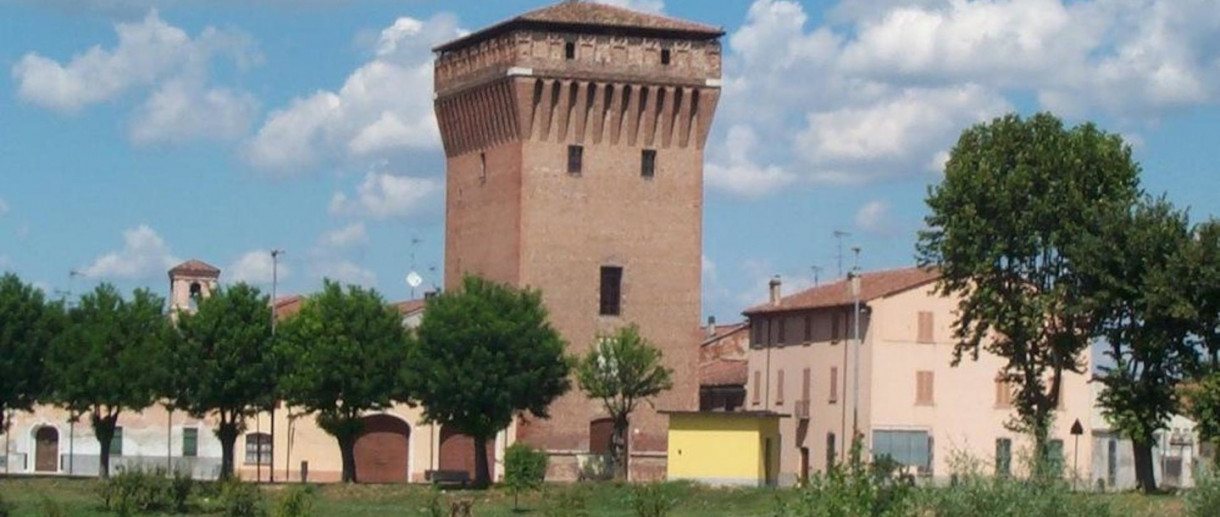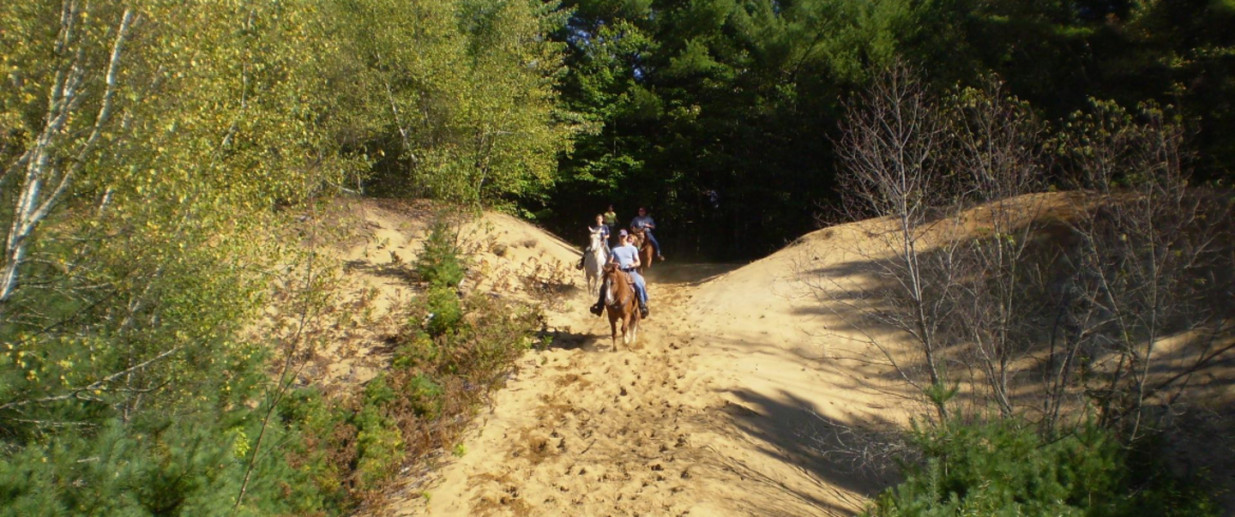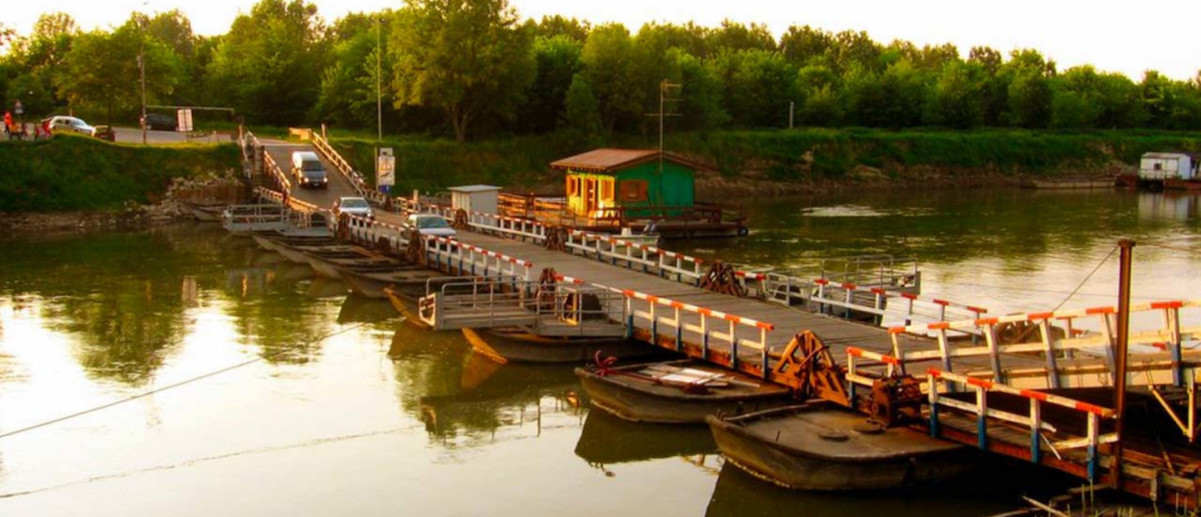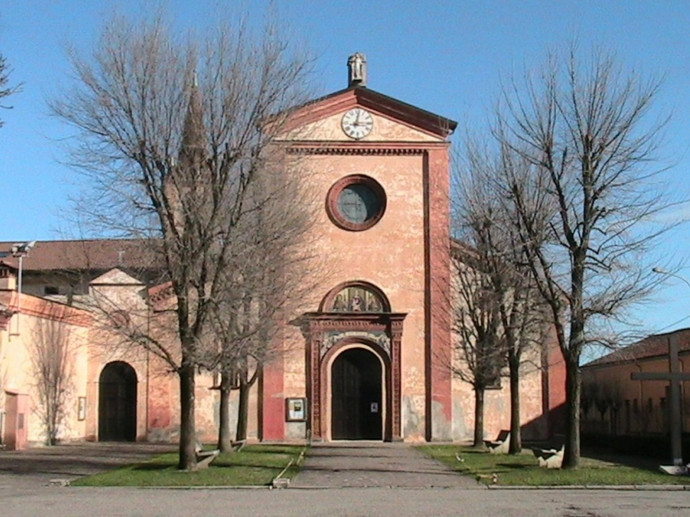- Villages
- Art & Culture
Pomponesco
Narrow streets and canals, the natural reserve of the Garzaia, the master's edge, a square and here is Pomponesco (MN), a village that is reflected in the Po, with rows of trees in front of the arcades.
Some say that there is only the square: a square loved by great directors such as Cesare Zavattini, Mario Soldati, Bernardo Bertolucci who have taken the scenic suggestion. Piazza XXIII Aprile is "gonzaghesca, symmetrical, theatrical" and sums up the imaginary of the Po Valley.
It was commissioned by the Marquis Giulio Cesare Gonzaga, a Renaissance man like his cousin Vespasiano, lord of Sabbioneta, who tried to build his "ideal city". For this reason in 1579 Pomponesco became the object of an urban reorganization that radically changed its appearance. The prince dwelt in the hexagonal castle, around which the square architecture typical of the Gonzaga villages developed; but already in 1593 the court was transferred to Bozzolo, starting the rapid decline, accelerated by the crisis of navigation on the Po.
But the castle was destroyed by the French; the square remains, surrounded entirely by the arcades; once inhabited by the courtiers, the buildings date back to the period 1590-1630 and many retain rooms with wooden ceilings, even if the frescoes have been lost. The bell towers of the town hall and of the church of Santa Felicita and of the 7 Martyrs face each other, almost in competition, while the space narrows into a small square that draws the perspective towards the embankment and the river, with its marina and a casotto where the old boatmen find themselves discussing: this is the reason it is called "Montecitorio".
Outside the village, the courts demonstrate the agricultural activity of the area, as evidenced by the barns, farmyards and abandoned farmhouses that are located in the countryside recalling the great lost rural civilization.
BORGHI PIÙ BELLI D’ITALIA #INLOMBARDIA
